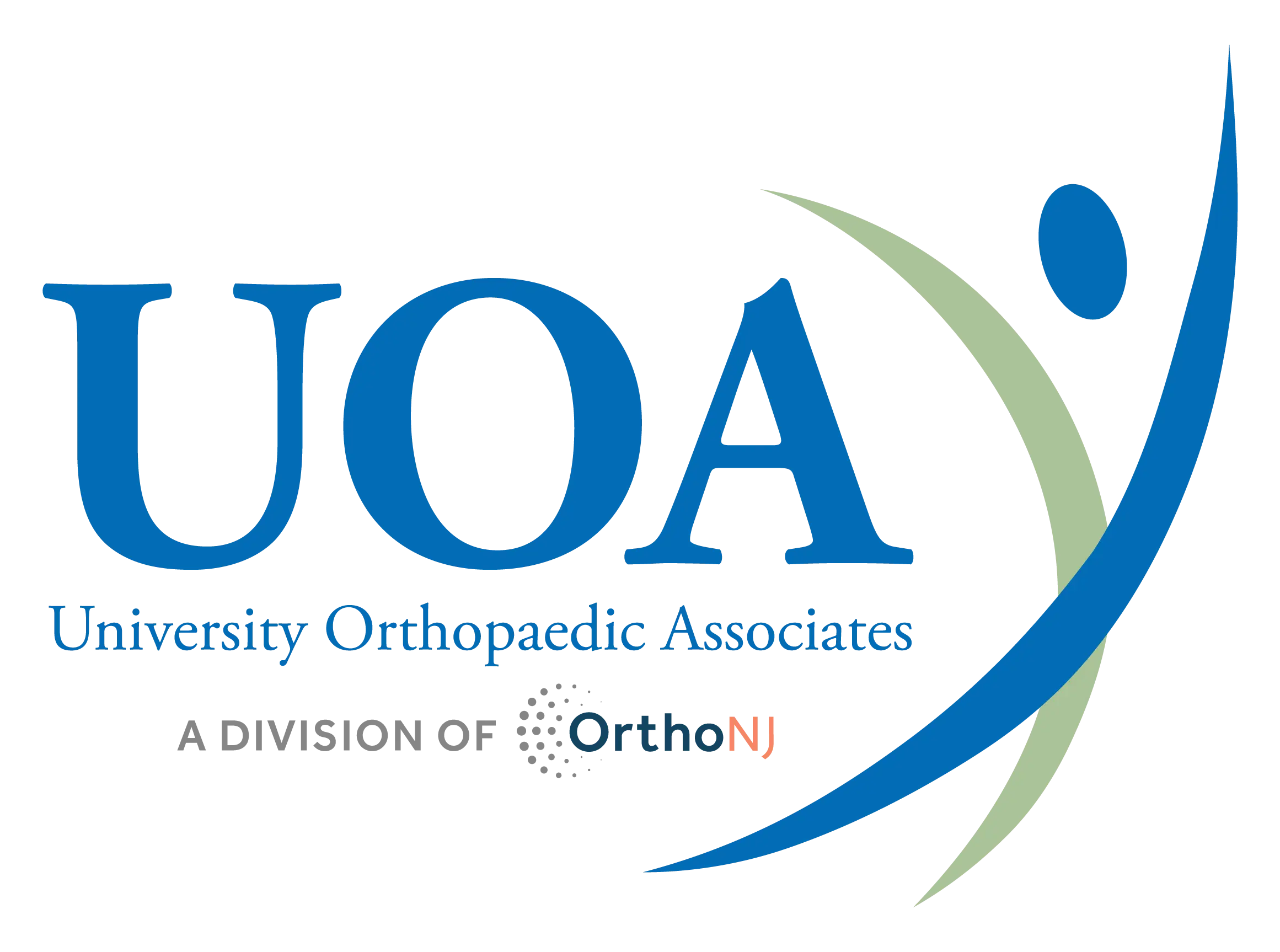ACL Repair vs ACL Reconstruction

The anterior cruciate ligament (ACL) is a commonly injured knee ligament and accounts for nearly half of all knee injuries. ACL repair and ACL reconstruction are the top surgical treatments for a torn ACL.
Here’s a comparison of these two techniques and how to determine which option is right for you.
History of ACL Repair
ACL repair was the gold standard of care for an ACL injury between the 1970s and 1990s. This technique was typically performed on high-level athletes and involved stitching together the torn ACL. However, many patients who underwent ACL repair during that time wore a cast for six weeks and experienced debilitating side effects, including knee stiffness and muscle atrophy.
ACL reconstruction soon became and has remained the gold standard even today. This procedure involved using screws, buttons and other fixation devices to place a graft from your own tissue or a cadaver in place of the torn ACL.
In recent years, a renewed interest in ACL repair has grown with the goal of repairing the native ACL. With newer techniques, it is now possible to maintain and enhance the native ACL once torn and help it heal without reconstruction.
What Is ACL Repair?
During arthroscopic ACL repair, a series of long, thin tools are inserted through tiny incisions in the knee to repair and stitch together the torn ligament. Your own blood is injected into surrounding tissues to promote the healing of your ACL.
UOA performs ACL repair using an FDA-approved method known as Bridge-Enhanced ACL Restoration (BEAR). This technique involves placing a blood-filled collagen “bridge” implant between the torn end of your ACL and the bone. This harnesses your body’s own healing ability to repair the ACL naturally.
What Is ACL Reconstruction?
During ACL reconstruction, the torn ligament is replaced with an autograft—which is a graft taken from your own body or taken from a donor (“allograft”). The graft may be taken from the patellar tendon, hamstring tendons or quadriceps tendon in the knee.
The graft is placed into your knee through a series of tiny incisions using surgical tools, including an arthroscope. Then, it is secured in place using fixation devices such as a screw or button.
What Are the Benefits of ACL Repair Over ACL Reconstruction?
The biggest factor that determines whether you are a candidate for a BEAR ACL repair is the location of the ACL tear. Ideally, patients with a tear off the femur are good candidates for ACL repair. Typically, midsubstance or more significant ACL tears are treated with ACL reconstruction. Some patients choose repair over reconstruction because although autograft use for ACL reconstruction has the lowest re-tear rates, there can be problems associated with each type of graft harvest.
Other benefits of ACL repair (BEAR) over ACL reconstruction:
- It preserves the natural anatomy of your knee.
- It can restore a feeling of proprioception and natural functioning.
- It can lead to faster recovery of muscle strength in the knee.
- It may help you return to sports more quickly than reconstruction.
- There is no risk of tissue disease transmission from a donor.
If you need treatment for a torn ACL, an orthopaedic specialist can determine whether ACL repair (BEAR) or ACL reconstruction is right for you.
University Orthopaedic Associates offers a wide range of orthopaedic services, including ACL reconstruction and BEAR ACL repair. Contact UOA today at (732) 537-0909 to request an appointment with a sports medicine specialist if you need treatment for an orthopaedic injury.

